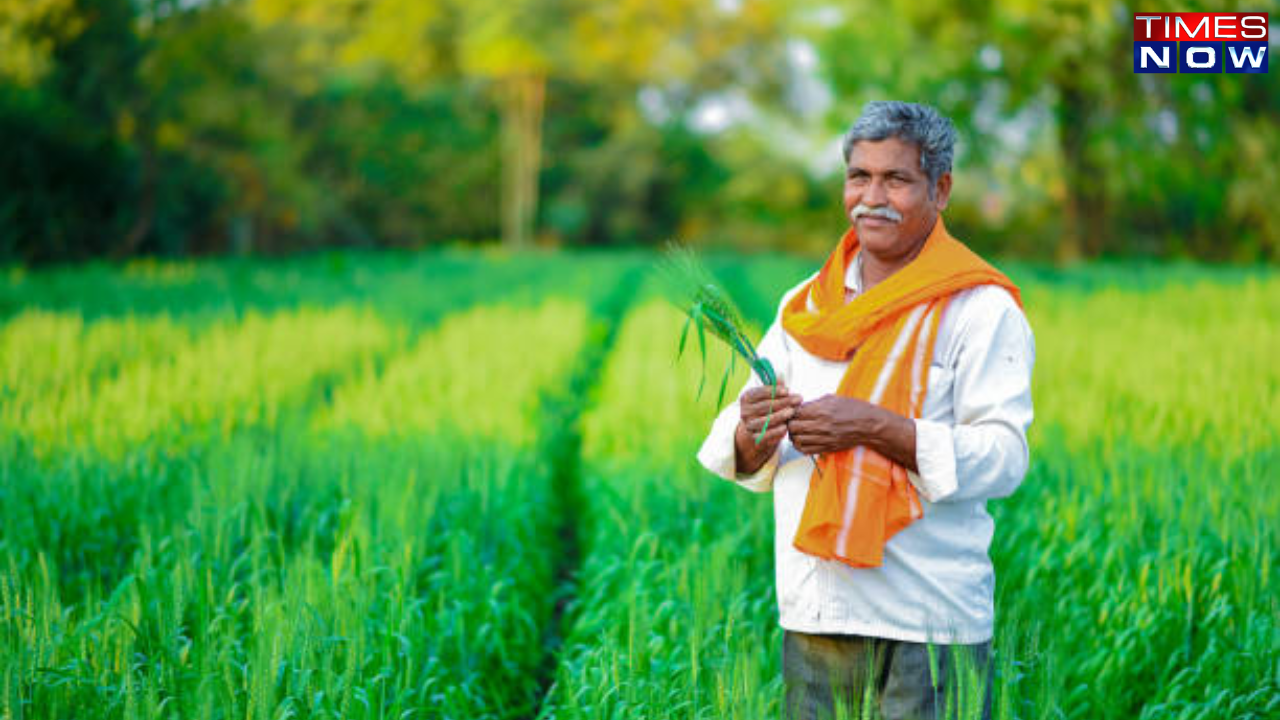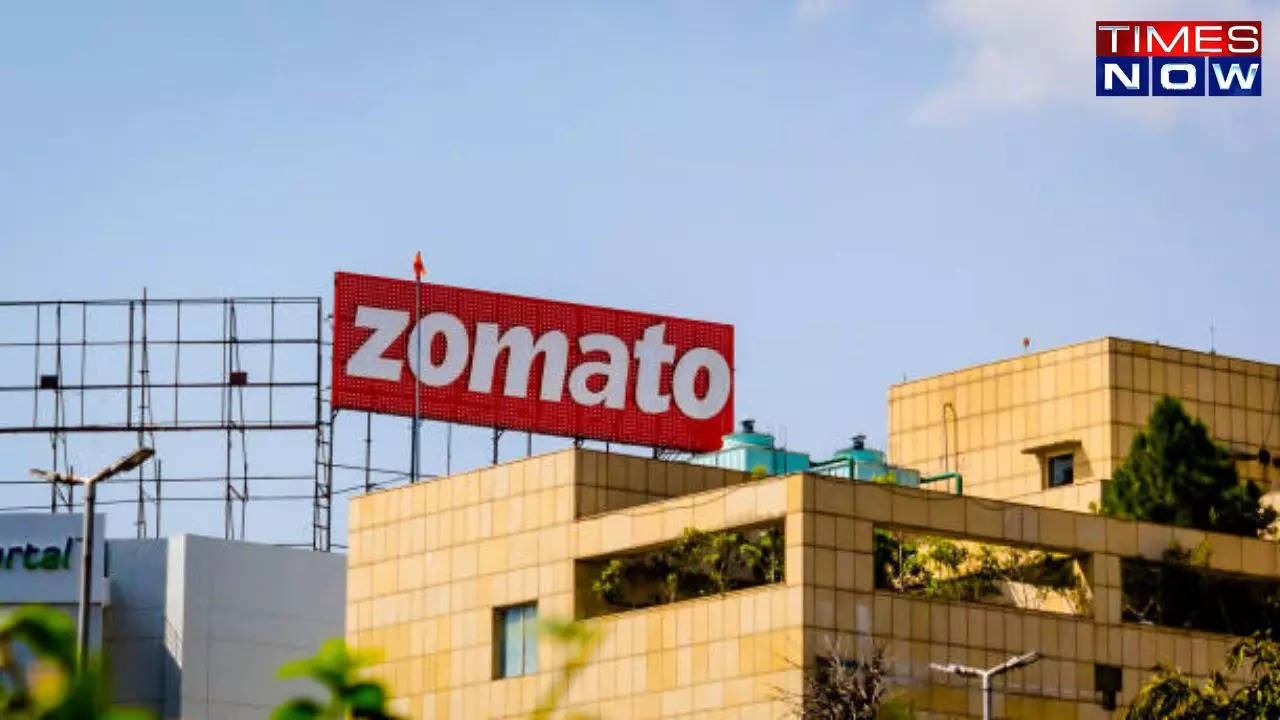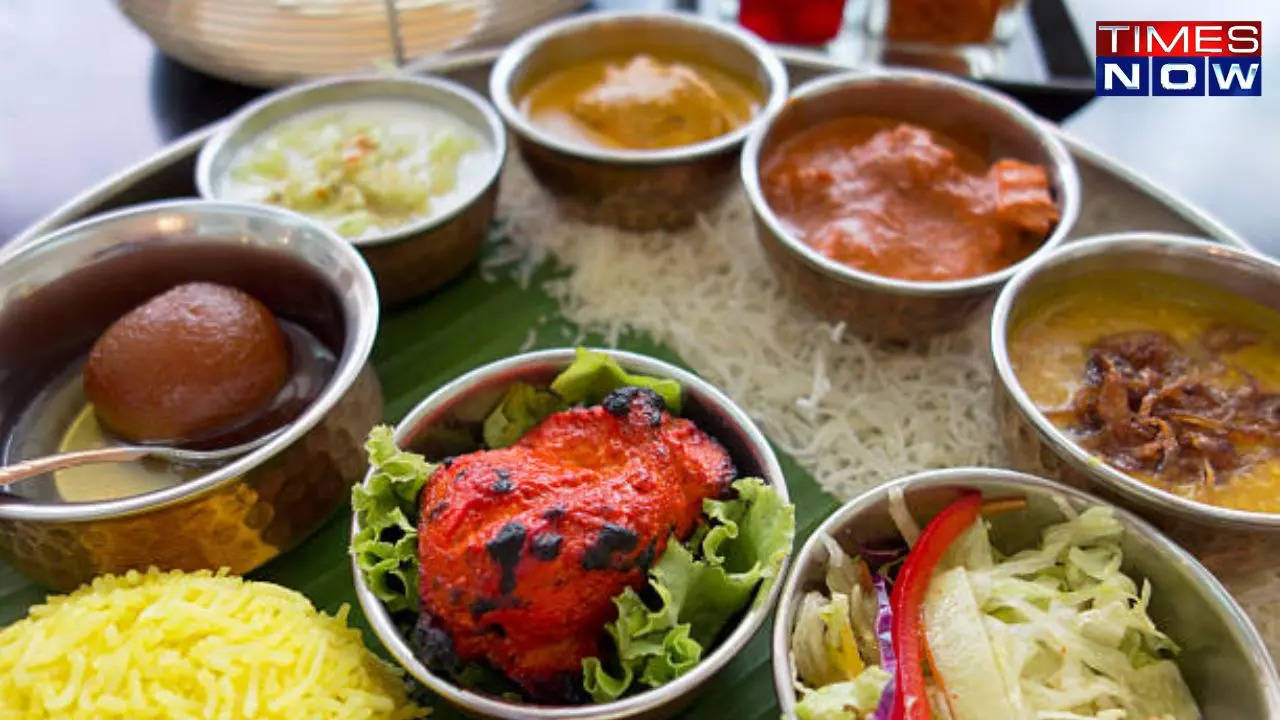
New Delhi: A series of research papers published by the Reserve Bank of India (RBI) reveals that Indian farmers are receiving only about one-third of the final selling price of fruits and vegetables. The bulk of the profits is taken by wholesalers and retailers, leaving farmers with a small share. This trend is particularly striking when compared to other sectors like dairy, where farmers get around 70 per cent of the final price.
The papers show that egg producers fare better, securing 75 per cent of the final price, while poultry farmers and aggregators receive 56 per cent of the price for meat.
The study also highlights that consumers often experience price spikes for key vegetables like tomatoes, onions, and potatoes (TOP), which happens at least twice a year due to seasonal factors such as irregular rainfall or extreme temperatures. However, these price hikes do not translate into higher earnings for farmers. In fact, farmers only receive about 33 per cent of the consumer price for tomatoes, 36 per cent for onions, and 37 per cent for potatoes.
For fruits, farmers get an estimated 31 per cent of the final price for bananas, 35 per cent for grapes, and 43 per cent for mangoes in the domestic market. Interestingly, in the export market, while farmers earn more for mangoes, their share of grape prices drops even though the total price is higher.
Related News |

Zomato Rewards THESE Employees, Grants 1.2 Crore Stock Options Worth Rs 328 Crore
Co-authored by agriculture economist Ashok Gulati, the study suggests that price spikes can be predicted using a "balance sheet approach" and offers recommendations to policymakers on how to manage these fluctuations.
To reduce the volatility in TOP prices, the report proposes expanding private mandis, boosting the use of e-NAM (an online trading platform for agricultural products), promoting farmer collectives, and relaunching futures trading. Other solutions include building more cold storage facilities, promoting solar-powered storage options, increasing food processing capacity, and raising consumer awareness about processed TOP products. Additionally, the study recommends improving productivity through better crop varieties and polyhouse tomato farming to ensure a stable supply and prices.
Related News |

Non-Veg Thali Cost Drops 2%, While Veg Thali Soars 11%! What Does This Mean For Your Wallet?

